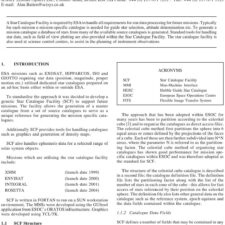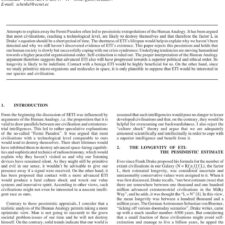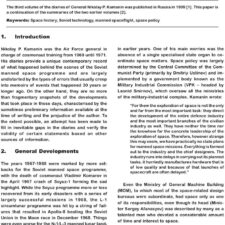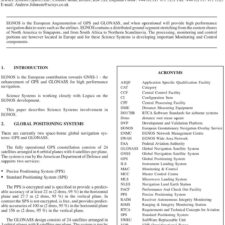Project Icarus: Exploring the Interstellar Roadmap using the Icarus Pathfinder and Starfinder Probe Concepts
£5.00
R. W. Swinney; K. F. Long; A. Hein; P. Galea; A. Mann; A. Crowl; R. Obousy (2012), JBIS, 65, 244-254
Refcode: 2012.65.244
Keywords: Icarus, Daedalus, Pathfinder, Starfinder, interstellar precursor missions, VASIMR
Abstract:
Project Icarus is a theoretical engineering design study tasked to explore the technical feasibility of sending an unmanned interstellar probe to a nearby star system. It is the successor study to the 1970s Project Daedalus conducted by members of The British Interplanetary Society. The Daedalus study showed that the performance of such a probe would require engines with approximately a million seconds or more specific impulse. The Daedalus solution was to use fusion based propulsion technology predicated on projected advancements in the technology. Fusion technology has also been chosen for the Icarus reference design mission so, given that current predictions of such propulsion systems are still many decades away, we introduce here two interstellar precursor missions which would test key Icarus technologies required for an interstellar mission.
We introduce the Icarus Pathfinder Probe , a mission to 1,000 AU requiring a cruise velocity of between 50 – 100 AU/year. We also present the outline for the Icarus Starfinder Probe , designed to go to distances of 10,000-50,000 AU. In this paper we present the baseline concepts for these missions, which may be iterated to more credible configurations in the future in line with the Project Icarus timescales to complete the final Project Icarus study report by late 2014. This paper is a submission of the Project Icarus Study Group.





